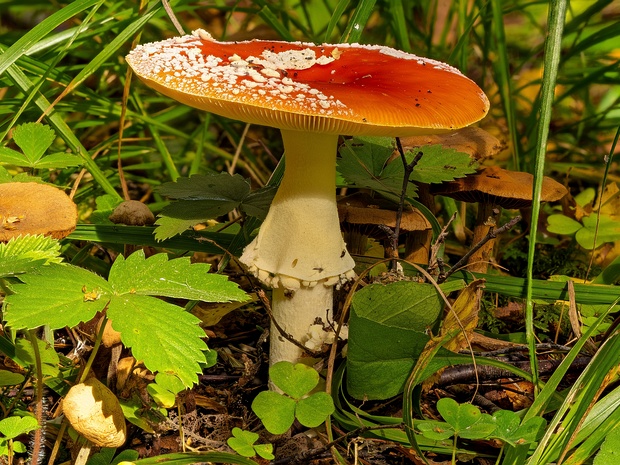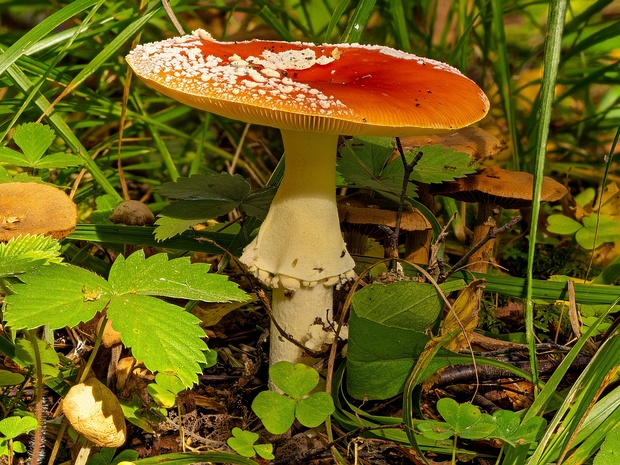
Agaricomycetes - Агарикомицеты - Gilled Fungi - Blätterpilze
Agaricales is an order of fungi that includes the gilled mushrooms, as well as several other types of fungi with diverse morphologies and lifestyles. This order…
4626 images
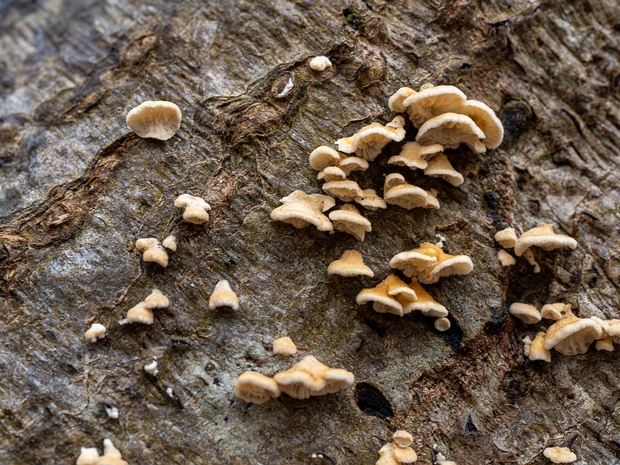
Амилокортициевые - Amylocorticiales
Amylocorticiales is an order of fungi in the class Agaricomycetes.
The order contains one of three assemblages of basal lineages of Agaricomycetidae that…
The order contains one of three assemblages of basal lineages of Agaricomycetidae that…
28 images
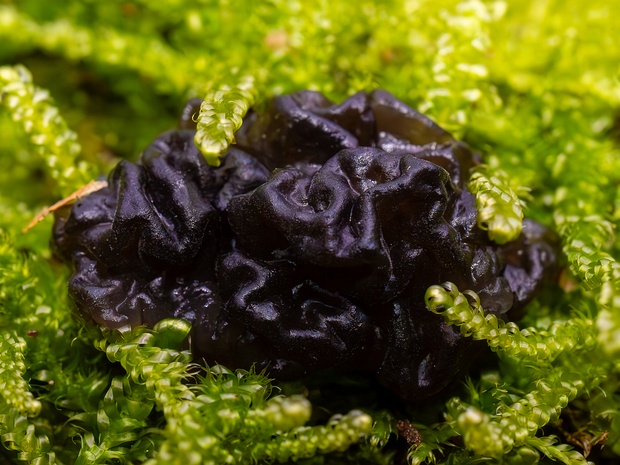
Аурикуляриевые - Auriculariales
The Auriculariales are an order of fungi in the class Agaricomycetes. Species within the order were formerly referred to the "heterobasidiomycetes" or "jelly…
76 images
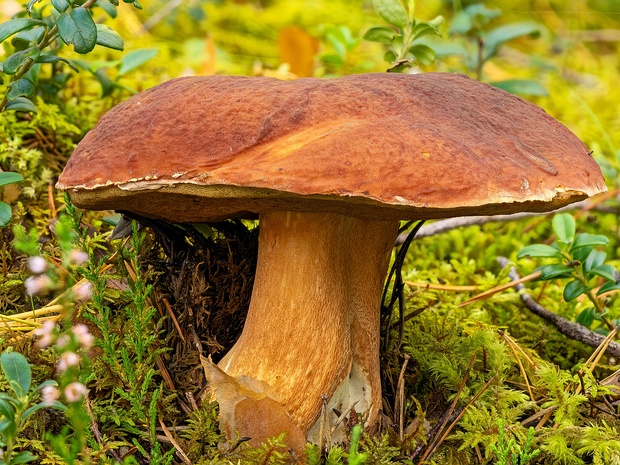
Болетовые - Boletales
The Boletales are an order of Agaricomycetes containing over 1300 species with a diverse array of fruiting body types. The boletes are the best known members of…
1167 images
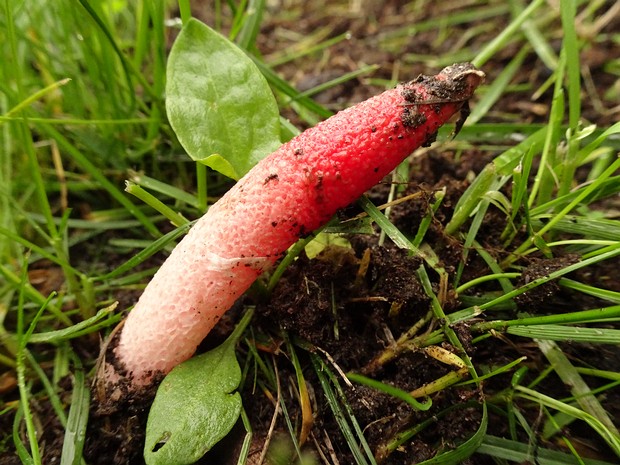
Весёлковые - Phallales
The Phallales are an order of fungi in the subclass Phallomycetidae. The order contains two families: the Claustulaceae, and the Phallaceae, which, according to…
19 images

Гименохетовые - Hymenochaetales
The Hymenochaetales are an order of fungi in the class Agaricomycetes. The order in its current sense is based on molecular research and not on any unifying…
200 images
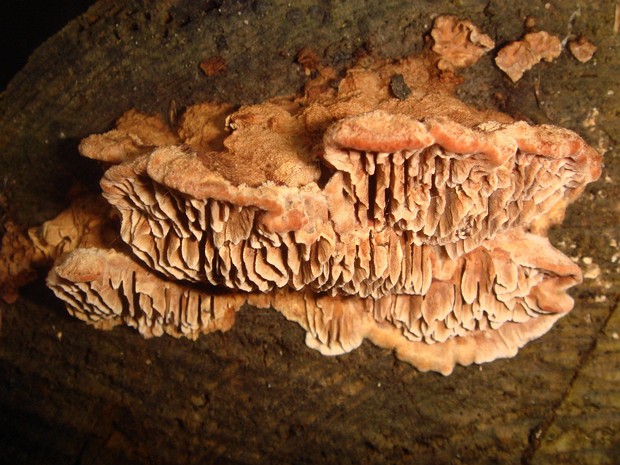
Gloeophyllales - Глеофилловые - Gloeophyllales - Gloeophyllales
The Gloeophyllales order belongs to the Basidiomycota phylum and the Agaricomycetes class. This order includes fungi characterized by their ability to cause…
42 images
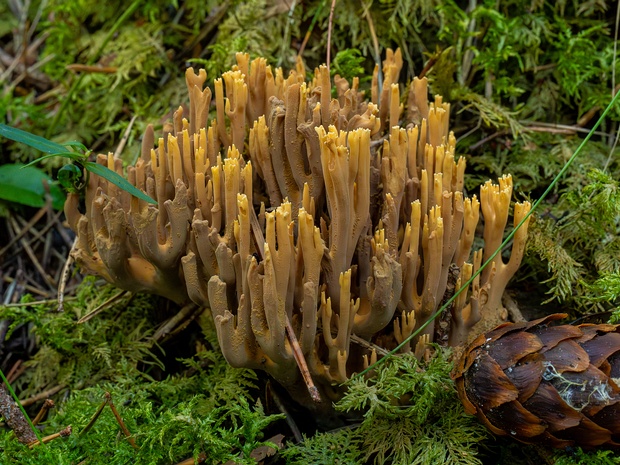
Гомфовые - Gomphales
The Gomphales are an order of basidiomycete fungi. Some or all families belonging to Gomphales have been sometimes included in the order Phallales (and vice…
133 images

Звездовиковые - Geastrales
Geastrales is an order of gasterocarpic basidiomycetes (fungi) that are related to Cantharellales. The order contains the single family Geastraceae, commonly…
36 images
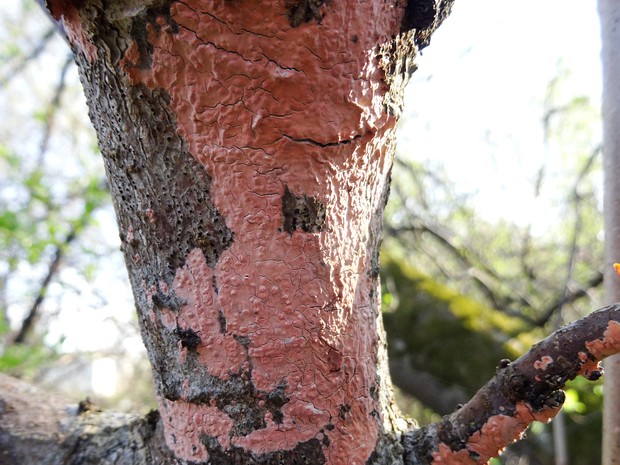
Кортициевые - Corticiales
The Corticiales are an order of fungi in the class Agaricomycetes. The order is mostly composed of corticioid fungi, but also includes one anomalous agaricoid…
11 images
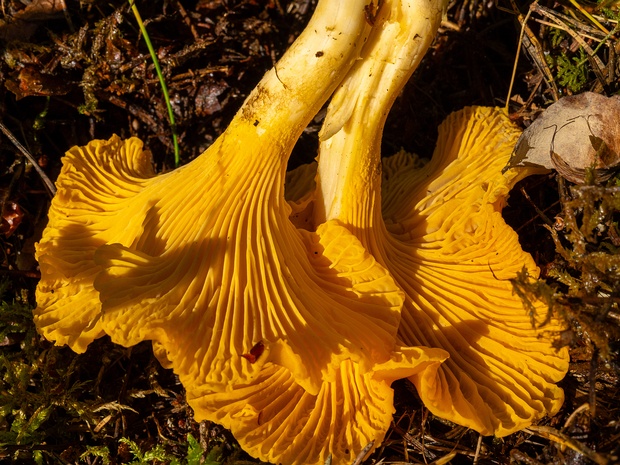
Лисичковые - Cantharellales
The Cantharellales are an order of fungi in the class Agaricomycetes. The order includes not only the chanterelles (Cantharellaceae), but also some of the tooth…
256 images
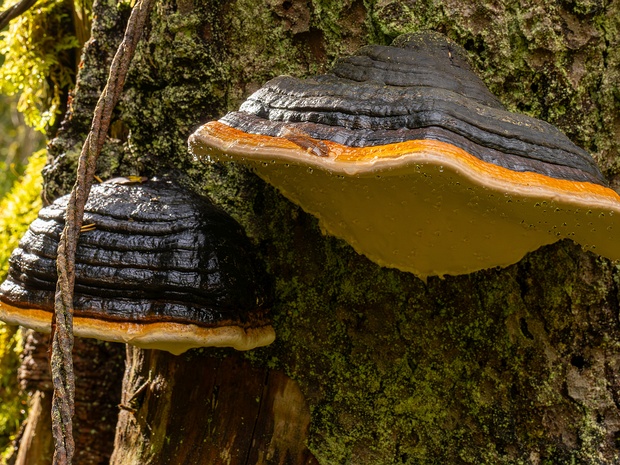
Полипоровые - Polyporales
The Polyporales are an order of about 1800 species of fungi in the division Basidiomycota. The order includes some (but not all) polypores as well as many…
1345 images

Сыроежковые - Russulales
The Russulales are an order of the Agaricomycetes, (which include the agaric genera Russula and Lactarius and their polyporoid and corticioid relatives).…
934 images
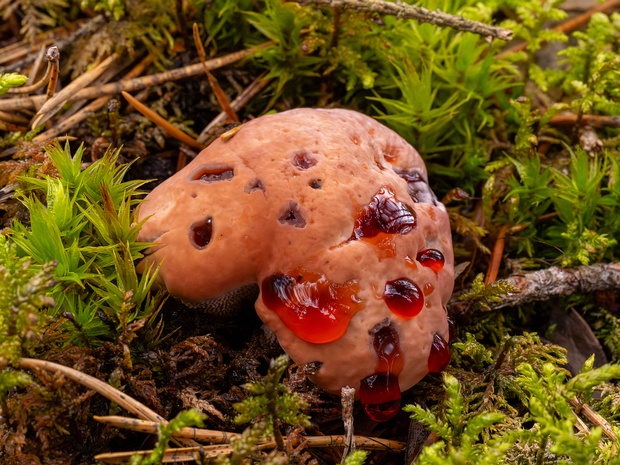
Телефоровые - Thelephorales
The Thelephorales are an order of fungi in the class Agaricomycetes. The order includes corticioid and hydnoid fungi, together with a few polypores and…
321 images

